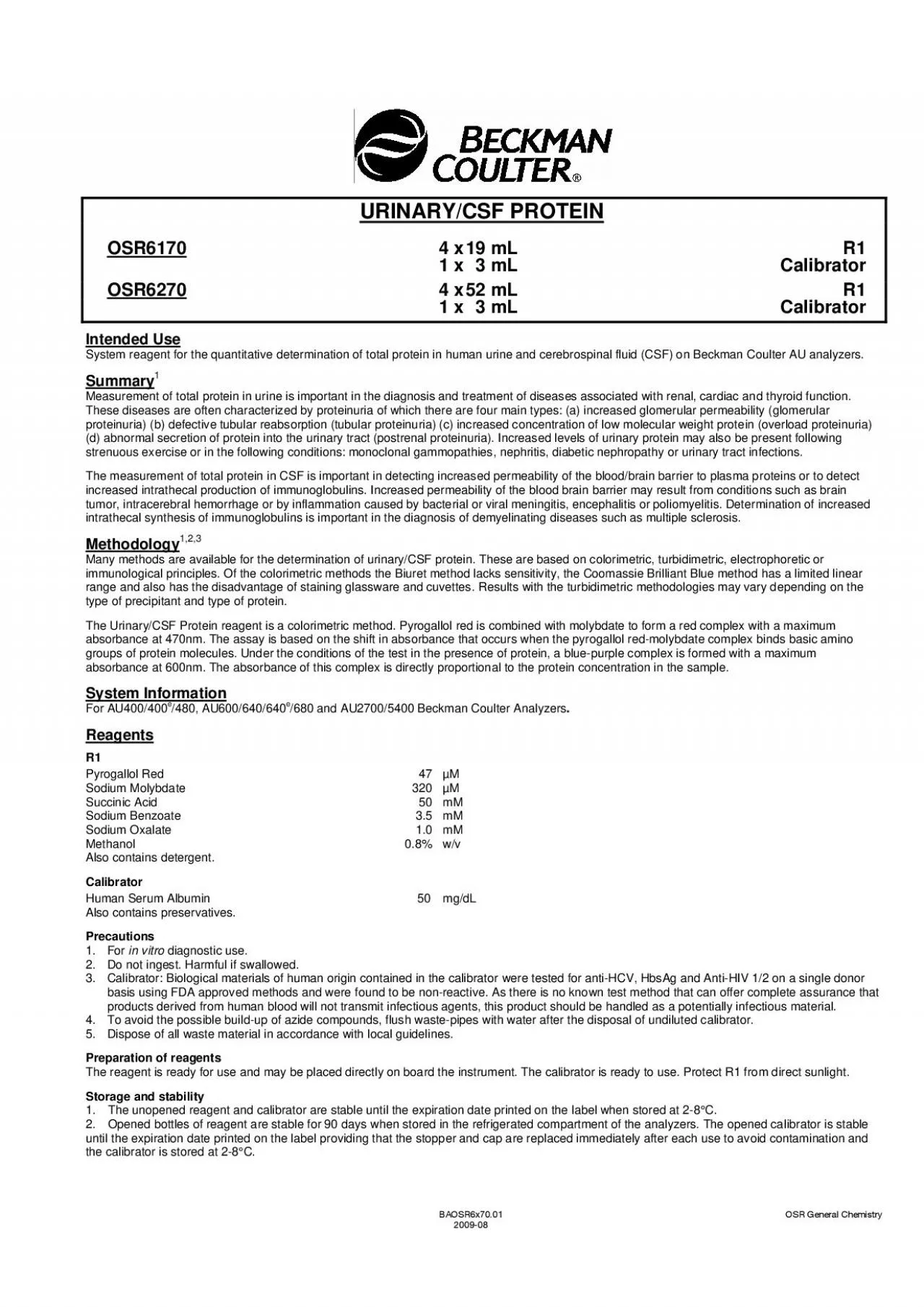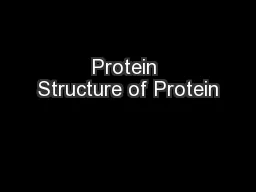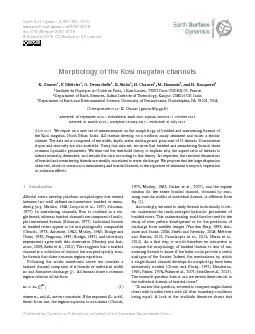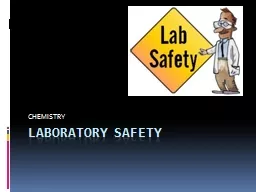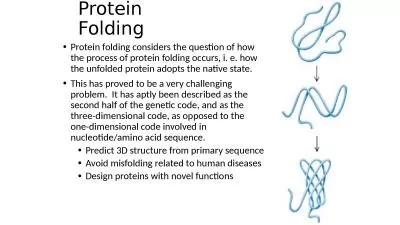PDF-UrinaryCSF Protein BAOSR6x7001 OSR General Chemistry 200908 Dynam
Author : reese | Published Date : 2022-08-25
The UrinaryCSF protein procedure is linear from 4 to 200 mgdL Samples exceeding the upper limit of linearity should be diluted with water and repeated The sample
Presentation Embed Code
Download Presentation
Download Presentation The PPT/PDF document "UrinaryCSF Protein BAOSR6x7001 OSR Gener..." is the property of its rightful owner. Permission is granted to download and print the materials on this website for personal, non-commercial use only, and to display it on your personal computer provided you do not modify the materials and that you retain all copyright notices contained in the materials. By downloading content from our website, you accept the terms of this agreement.
UrinaryCSF Protein BAOSR6x7001 OSR General Chemistry 200908 Dynam: Transcript
Download Rules Of Document
"UrinaryCSF Protein BAOSR6x7001 OSR General Chemistry 200908 Dynam"The content belongs to its owner. You may download and print it for personal use, without modification, and keep all copyright notices. By downloading, you agree to these terms.
Related Documents

